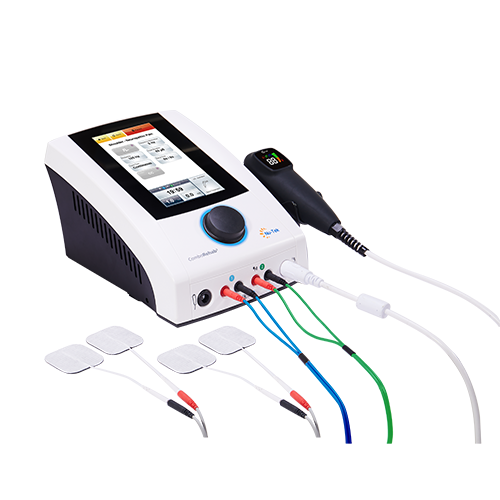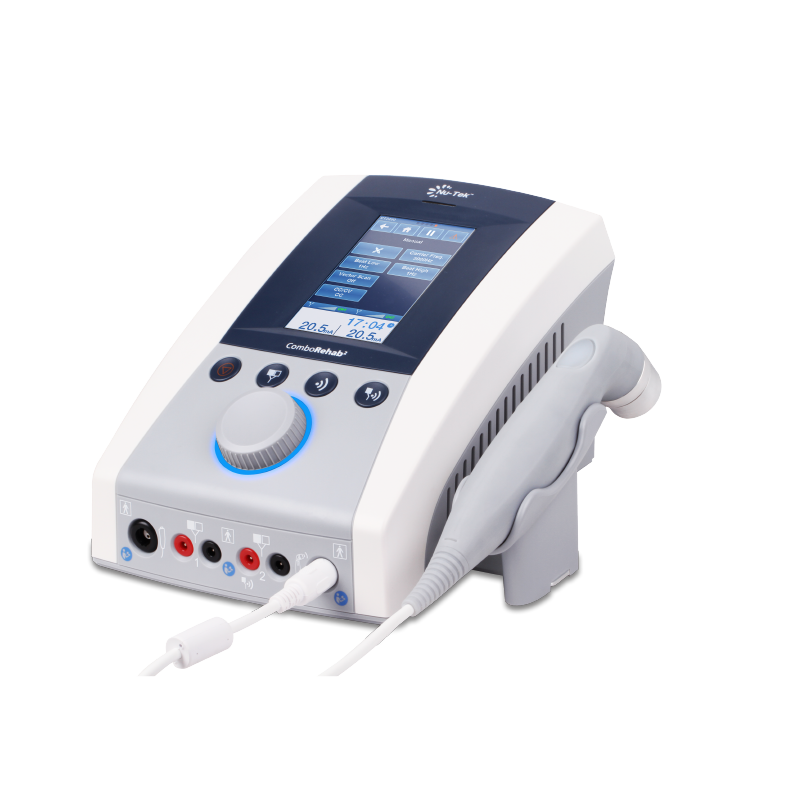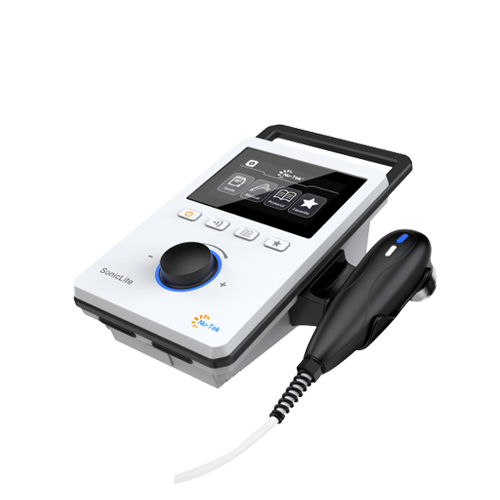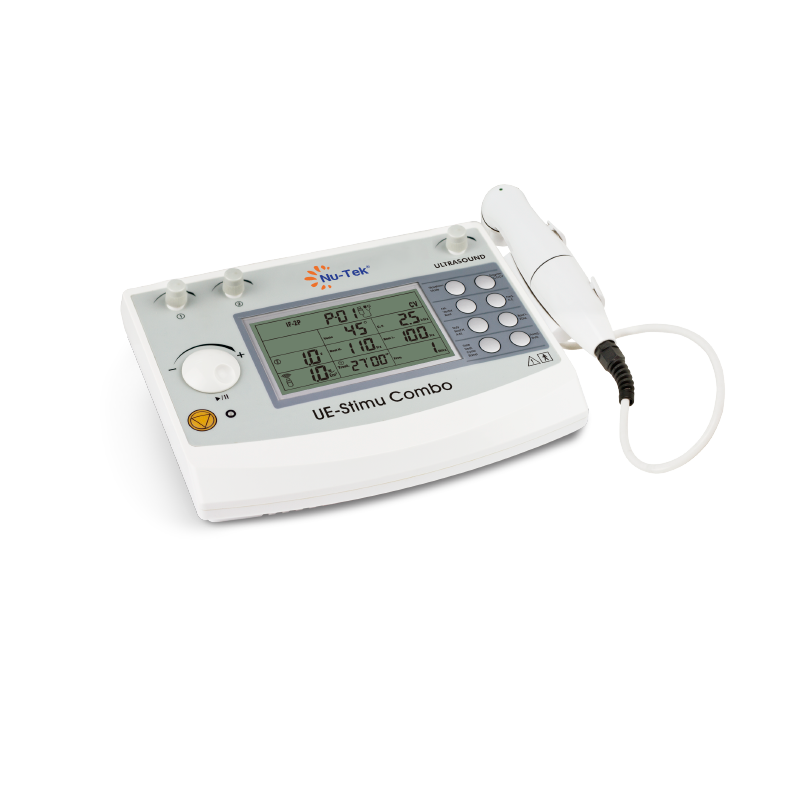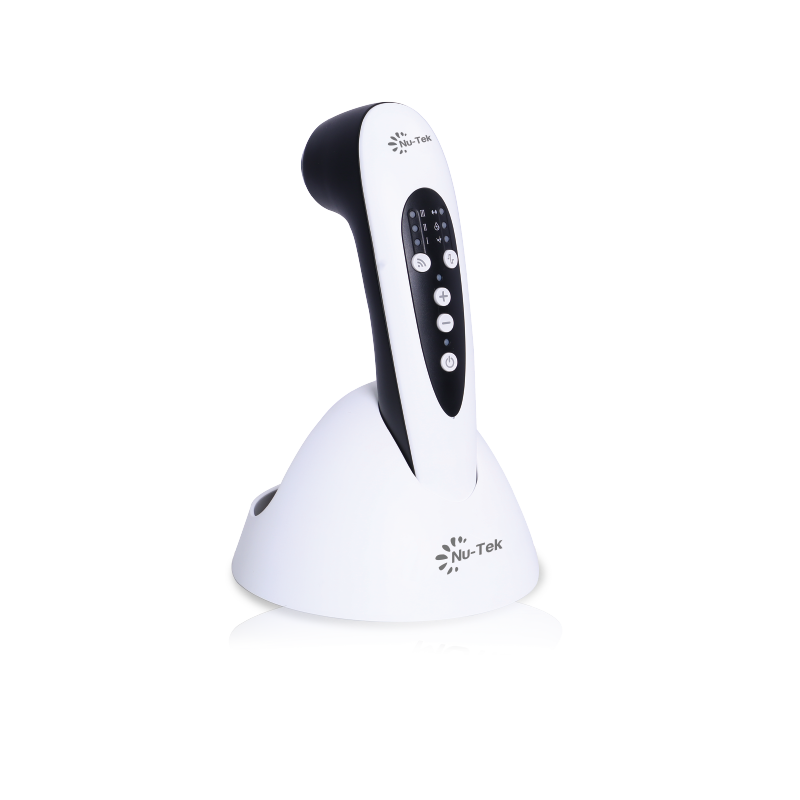Pain management
Pain management is a branch of medicine focused on reducing or eliminating pain, improving the quality of life for individuals suffering from chronic pain, acute pain, or pain resulting from injury, surgery, or illness. It involves a wide range of therapeutic approaches and medical interventions designed to manage the sensory and emotional experience of pain, allowing patients to regain function and cope better with their discomfort.
Key Types of Pain:
1. Acute Pain:
Shortterm pain that usually comes on suddenly and has a specific cause, such as an injury, surgery, or infection. It typically subsides once the underlying issue is resolved.
Example: Pain from a broken bone or postsurgical pain.
2. Chronic Pain:
Longterm pain that persists for weeks, months, or years, often without a clear cause. It can continue even after the injury or illness that caused it has healed.
Example: Arthritis pain, back pain, or neuropathic pain.
3. Neuropathic Pain:
Pain caused by damage or dysfunction in the nervous system, often described as burning, shooting, or electriclike sensations.
Example: Diabetic neuropathy, shingles, or sciatica.
4. Nociceptive Pain:
Pain resulting from physical injury or damage to body tissues, typically felt as sharp, throbbing, or aching.
Example: A sprained ankle or inflammatory conditions like rheumatoid arthritis.
Goals of Pain Management:
1. Reducing Pain Intensity: Helping patients experience less pain, making it more manageable.
2. Improving Function: Enabling patients to carry out daily activities and improve their physical function.
3. Enhancing Quality of Life: Addressing both the physical and emotional aspects of pain to improve overall wellbeing.
4. Minimizing Dependence on Pain Medications: Especially opioids, by using multidisciplinary approaches that combine various treatment modalities.
Methods and Approaches in Pain Management:
1. Pharmacological (MedicationBased) Approaches
Analgesics (Painkillers):
NonOpioid Analgesics:
Examples: Acetaminophen (Tylenol), NSAIDs like ibuprofen or aspirin.
Typically used for mild to moderate pain, such as headaches, muscle aches, or arthritis.
Opioid Analgesics:
Examples: Morphine, oxycodone, fentanyl.
Used for severe pain, often in cancer patients or postsurgical scenarios, but carry risks of addiction and side effects.
AntiInflammatory Drugs:
NonSteroidal AntiInflammatory Drugs (NSAIDs):
Examples: Ibuprofen, naproxen.
Reduce inflammation, swelling, and pain, particularly in conditions like arthritis or musculoskeletal injuries.
Corticosteroids:
Examples: Prednisone, hydrocortisone.
Potent antiinflammatory drugs often used in conditions like rheumatoid arthritis or severe joint inflammation.
Antidepressants and Anticonvulsants:
Tricyclic Antidepressants (TCAs): Like amitriptyline, used to manage nerve pain.
SerotoninNorepinephrine Reuptake Inhibitors (SNRIs): Like duloxetine, used for conditions like fibromyalgia or chronic neuropathic pain.
Anticonvulsants: Like gabapentin and pregabalin, used for neuropathic pain such as diabetic nerve pain or postherpetic neuralgia.
Muscle Relaxants:
Examples: Cyclobenzaprine, baclofen.
Help relieve muscle spasms and pain associated with conditions like back pain or muscle strain.
Topical Medications:
Examples: Capsaicin cream, lidocaine patches.
Applied to the skin over the painful area to provide localized pain relief for conditions like arthritis or neuropathy.
2. NonPharmacological (NonMedication) Approaches
Physical Therapy:
Uses exercises, stretching, heat, cold, and handson manipulation to improve mobility, reduce muscle tension, and strengthen the body, helping to alleviate pain.
Common in treating chronic back pain, postsurgical rehabilitation, and joint pain (e.g., arthritis).
Occupational Therapy:
Focuses on improving patients' ability to perform daily activities and teaching them techniques to reduce pain during movements and tasks.
CognitiveBehavioral Therapy (CBT):
A psychological approach that helps patients change how they think and respond to pain by addressing the emotional and mental aspects of chronic pain.
Helps patients develop coping mechanisms and reduce painrelated anxiety or depression.
MindBody Therapies:
Techniques like meditation, mindfulness, relaxation exercises, and biofeedback help patients control the perception of pain.
Acupuncture:
A traditional Chinese therapy that involves inserting thin needles into specific points on the body to stimulate nerves and reduce pain, often used for chronic pain conditions like migraines, back pain, and arthritis.
3. Interventional Pain Management
Nerve Blocks:
Injections of anesthetics or steroids around a nerve or group of nerves to block pain signals. These are often used for conditions like sciatica, nerve impingements, or regional pain syndromes.
Epidural Steroid Injections:
Steroid injections into the epidural space of the spine, often used to relieve pain from conditions like herniated discs, spinal stenosis, or sciatica.
Radiofrequency Ablation (RFA):
A minimally invasive procedure that uses heat generated by radio waves to target and destroy nerves causing chronic pain, often used for arthritis or back pain.
Spinal Cord Stimulation (SCS):
A device implanted under the skin that sends electrical pulses to the spinal cord to mask pain signals before they reach the brain, typically used for severe chronic back pain or neuropathic pain.
Trigger Point Injections:
Injections of anesthetic and/or corticosteroid into trigger points (painful "knots" in muscles) to relieve muscle pain and spasms.
Intrathecal Pumps:
Devices implanted to deliver pain medications directly to the spinal fluid, used for severe chronic pain, often in cancer patients.
4. Complementary and Alternative Therapies
Chiropractic Care:
Manipulative therapy, particularly of the spine, used to relieve musculoskeletal pain, such as lower back pain or neck pain.
Massage Therapy:
Manipulation of muscles and soft tissues to reduce muscle tension, improve circulation, and relieve pain.
Herbal Remedies and Supplements:
Some individuals use herbal treatments like turmeric (antiinflammatory) or supplements like omega3 fatty acids, but these should be used under medical supervision to avoid interactions with other treatments.
Conditions Commonly Treated with Pain Management:
1. Back and Neck Pain:
Conditions like herniated discs, spinal stenosis, or muscle strain often require a combination of medication, physical therapy, and sometimes interventional procedures (e.g., nerve blocks).
2. Arthritis:
Both osteoarthritis (degenerative joint disease) and rheumatoid arthritis (an autoimmune condition) are managed with antiinflammatory drugs, painkillers, physical therapy, and, in some cases, joint injections or surgery.
3. Neuropathic Pain:
Pain from nerve damage (e.g., diabetic neuropathy, postherpetic neuralgia) may be treated with anticonvulsants, antidepressants, and nerve blocks.
4. Cancer Pain:
A combination of opioids, nerve blocks, and radiation therapy to manage pain associated with tumors pressing on nerves or other tissues.
5. Headaches and Migraines:
Medications, including triptans for migraines or preventive therapies, along with lifestyle changes and alternative therapies like acupuncture or biofeedback.
6. Fibromyalgia:
A chronic condition characterized by widespread musculoskeletal pain, treated with a multidisciplinary approach involving medications (e.g., antidepressants), exercise, and cognitivebehavioral therapy.
Challenges in Pain Management:
Opioid Dependence and Abuse: Longterm use of opioid medications carries the risk of addiction, making careful management and the use of nonopioid treatments increasingly important.
Chronic Pain Complexity: Pain is a subjective experience, and managing chronic pain often requires addressing not just the physical aspect, but also the psychological, emotional, and social components.
Pain management encompasses a wide variety of pharmacological, nonpharmacological, and interventional approaches to address different types of pain. It aims to improve function, reduce suffering, and enhance quality of life for individuals experiencing both acute and chronic pain. Multidisciplinary strategies that involve medications, physical therapy, psychological support, and advanced medical procedures are key to comprehensive pain relief and longterm management.


 中文
中文 Español
Español Français
Français Português
Português